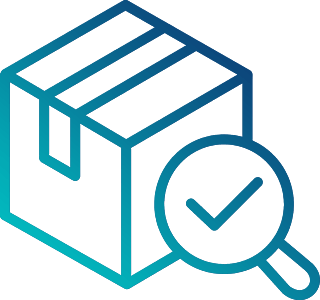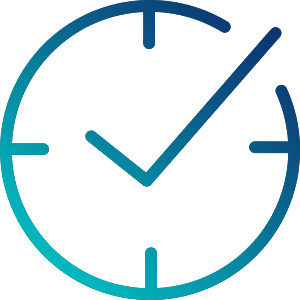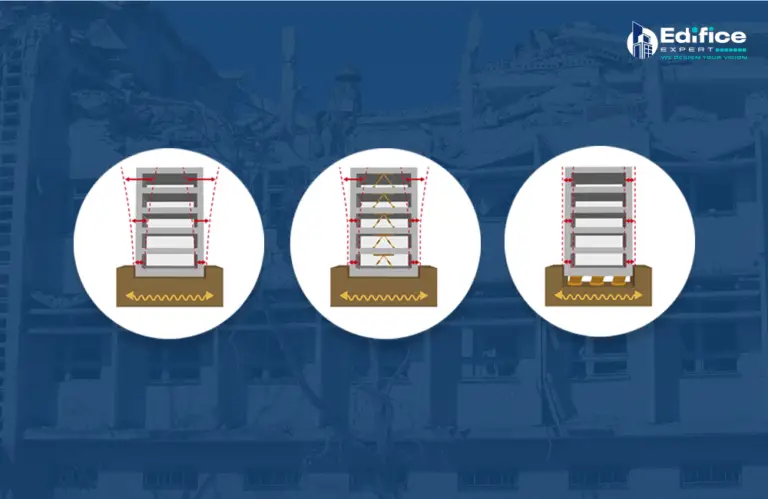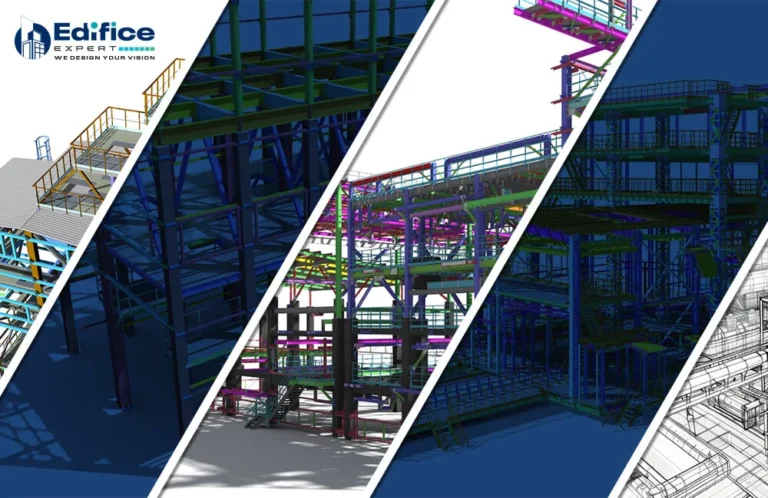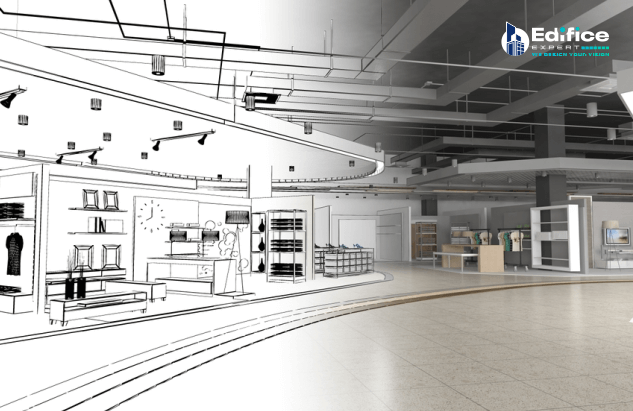Introduction
In a world where every detail matters, the Level of Development (LOD) in Building Information Modeling (BIM) is your ace in the hole for success.
Picture this: You are on your construction project, but your team speaks different languages- confusion reigns, deadlines slip, and costs soar every passing day. This is the reality many face without a clear understanding of LOD.
The LOD specifications, ranging from 100 to 500, provide a structured approach to articulate the detail and reliability of Building Information Modeling (BIM) elements at various project stages.
It’s time to stop guessing and start specifying the exact level of detail needed at every project stage. LOD ensures everyone speaks the same language, saving time, money, and headaches.
What is the Level Of Development (LOD)?
Level of Development (LOD) is a fundamental notion in Building Information Modeling (BIM) that was first introduced by the American Institute of Architects (AIA) in 2008. It defines the completeness and reliability of a model’s elements throughout different stages of a construction project.
Understanding LOD helps professionals in the AEC industries communicate effectively, ensuring all team members are on the same page regarding project details.
This framework-based methodology enhances clarity and minimizes errors and miscommunication, ultimately leading to more efficient project execution.
Level of Development vs Level of Detail (LOD)
While these terms sound similar, they have distinct meanings in the world of BIM.
1) Level of Development (LOD)
1.Focus: The stage of development of a BIM model.
2.Purpose: Defines the amount of information available in the model at a particular project phase.
3.Impact: Helps ensure clarity and efficiency in the design and construction process.
2) Level of Detail (LOD)
1.Focus: The amount of geometric and graphical detail in a BIM component.
2.Purpose: Regulates the level of accuracy needed for a specific component or system.
3.Impact: Influences the accuracy of clash detection, quantity takeoffs, and visualization.
To sum it up
The level of Development (LOD) defines the amount of information available about each component, ranging from conceptual representations (LOD 100) to detailed, as-built conditions (LOD 500).
Conversely, the Level of Detail ( LOD) highlights the visual representation of model elements and states how much graphical information, such as textures, colors, and intricate features, is included in a model.
Take note—While a higher level of detail may enhance the visual appeal of BIM models, it does not necessarily indicate the accuracy of the information provided.
6 Levels Of Development
The LOD definition encompasses a range of specifications from LOD 100 to LOD 500(6 levels of development), each representing a different stage of development.
LOD 100: This level highlights the conceptual stage with basic 2D symbols reflecting the existence of elements and approximate information.
LOD 200: This level approximates geometry with defined shapes, sizes, and locations of elements. It is still considered a rough level( under development phase).
LOD 300: This level offers precise geometry with accurate dimensions and locations of elements, which is best for construction use.
LOD 350: This level includes detailed geometry and information on how elements connect and interact with other systems.
LOD 400: This level focuses on fabrication-ready details, providing comprehensive information for constructing and assembling elements.
LOD 500: This level highlights the “as-built stage,” featuring verified information about the actual conditions of the building elements for maintenance and operations.
By grasping the level of development in BIM, stakeholders will have a solid understanding of the level of detail and accuracy required at each phase!
How is BIM involved in Levels of Development (LOD)?
Building Information Modeling (BIM) is deeply integrated into the Levels of Development (LOD) framework, which evenly highlights the progression of detail and accuracy in a BIM model throughout a construction project’s lifecycle.
BIM provides a strategized approach to defining LOD by ensuring that all stakeholders understand what each level represents, from the conceptual design (LOD 100) to the as-built models (LOD 500).
As the model evolves, BIM enables increasingly detailed and reliable information, supporting better decision-making, coordination, and collaboration among different disciplines.
This progression significantly allows everything from initial design concepts to detailed construction documentation and, ultimately, lifecycle management of the completed building.
By aligning the model’s detail with the project’s development stage, BIM ensures that each phase is effectively managed and executed, minimizing errors and uplifting overall project efficiency.
BIM capabilities at different levels of development (LOD) during project phases
BIM capabilities at different levels of development;
1) LOD 100: Conceptual Design
BIM Capabilities: It captures the basic shapes and sizes of building elements.
Phase of Project: Highlights early stages of design.
Value: Massing studies, site analysis, preliminary cost estimates.
2) LOD 200: Schematic Design
BIM Capabilities: At this level, BIM will highlight geometry, spatial relationships, and essential component recognition.
Phase of Project: Schematic design, space planning.
Value: Code compliance checks, preliminary energy analysis, coordination of significant systems.
3) LOD 300: Design Development
BIM Capabilities: This level will provide detailed geometry, materials, and relationships between components.
Phase of Project: Design development, construction document production.
Value: Clash detection, quantity takeoffs, constructability analysis, energy modeling.
4) LOD 350: Construction Documentation
BIM Capabilities: You will see highly detailed models, including fabrication and construction information, at this level.
Phase of Project: Construction document production, bidding.
Value: Shop drawing production, fabrication coordination, construction sequencing.
5) LOD 400: Fabrication and Assembly
BIM Capabilities: BIM will offer highly detailed models with fabrication and assembly information.
Phase of Project: Fabrication, prefabrication.
Value: Manufacturing, preassembly, just-in-time delivery.
6) LOD 500: As-Built or Facility Management
BIM Capabilities: The As-built conditions are now ready with field modifications and installed systems.
Phase of Project: Construction completion, facility management.
Value: Facility management, maintenance, renovation planning.
Benefits of Level of Development (LOD) in AEC Project
Clash-Free Models: LOD will significantly enhance the accuracy of the model, helping to identify and resolve clashes between building systems early so that clash-free models are made.
Better Communication: LOD offers an excellent & consistent framework, improving collaboration among architects, engineers, contractors, and clients by ensuring everyone works from the same extensive information.
Efficient Design Process: Detailed LOD models line up building design services, enabling better decision-making, more accurate cost estimates, and fewer changes during construction.
Enhanced Visualization: LOD models offer clear & detailed project visualizations, aiding decision-making and ensuring stakeholders clearly understand the design.
Improved Facility Management: Post-construction, LOD models serve as valuable & and efficient resources for efficient facility management and maintenance.
Cost Savings: LOD helps keep projects on schedule and within budget by reducing the risks of errors and rework.
Importance of LOD in an AEC Project
LOD ensures that the design is clear and understandable at every phase.
LOD provides a common & easy to understand language for all project participants.
LOD helps in planning, scheduling, and budgeting precisely.
Detailed models allow for better visualization of the project.
LOD allows for keeping projects on time and within budget.
LOD provides a standardized approach, which can be applied consistently across different projects.
LOD levels can be used in contracts to specify the expected detail, reducing disputes and ensuring that the deliverables meet the agreed standards.
Conclusion
Mastering BIM Levels of Development (LOD 100-500) is essential for getting up to the mark AEC projects. From conceptual design to facility management, each LOD serves an important role in improving efficiency, accuracy, and building performance.
Edifice Expert offers comprehensive BIM services, expertly solving the complexities of LOD. Let us help you use BIM to its full potential to achieve your project goals.
Contact us today for a consultation.


